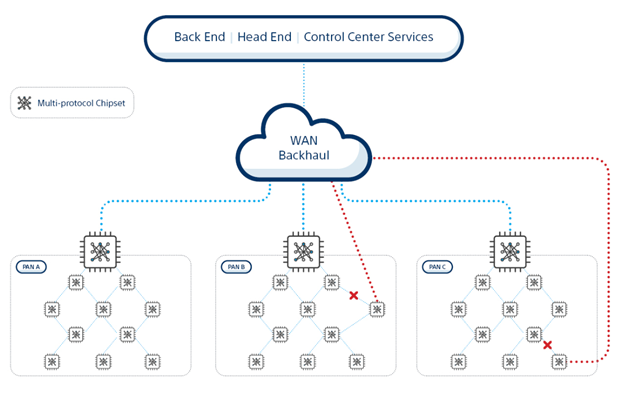Smart cities are no longer just a lofty dream. With the rapid growth of connected devices, these technologically advanced urban centers are becoming a reality. From smart lighting to electric vehicle chargers, these devices have the potential to revolutionize urban living and enhance the well-being of residents.
Connected devices offer many benefits for cities
Connected devices offer numerous advantages for city administrators. They allow for better resource allocation, save power, enable efficient maintenance scheduling, and provide valuable insights on usage patterns. For instance, the implementation of smart parking spaces not only helps drivers find available spots but also reduces fuel consumption, noise pollution, and the risk of accidents.
The adoption of connectivity tech is fragmented
The adoption of connectivity technology in smart cities remains fragmented. There is a growing trend towards cellular LPWA connectivity, along with various sub-GHz standard technologies like Wi-SUN, Wm-BUS, LoRa, or any proprietary solutions developed by specific companies.
However, these technologies, as all technologies, might face challenges such as interference, distance limitations, obstructions, and network congestion. To overcome the risk, even when it low, and establish a reliable and scalable network, cities should consider implementing devices that support multi-protocols for connectivity.
A hybrid approach to connectivity is needed
To achieve the highest level of reliability and scalability, cities need to deploy devices that support both cellular LPWA and additional connectivity protocol (usually Sub-GHz), allowing for seamless switching between networks. This hybrid approach streamlines smart city development, extends coverage, and reduces connectivity costs. For example, if certain smart meters in an area are unable to communicate using the Sub-GHz protocol, a device having multi-protocol connectivity will automatically switch to cellular to ensure uninterrupted functionality. Multi-protocol connectivity is the right choice for high-scale, critical, and interoperable devices.

AI integration is crucial
AI-driven data standardization and interpretation enable efficient data exchange and provide valuable insights for optimized operations. Predictive maintenance, traffic management, energy distribution, and citizen engagement can all be improved through AI integration.
The fusion of AI with existing IoT infrastructure paves the way for efficient, sustainable, and innovative smart cities, benefiting residents and urban landscapes.
Now is the time to unlock the potential of smart cities
As smart cities continue to evolve, embracing mesh networks will be pivotal to unlocking the true potential of connected devices. By creating a harmonious ecosystem where devices can communicate seamlessly, city administrators can optimize infrastructure, improve resource management, and create smarter, more sustainable cities for the benefit of all residents.